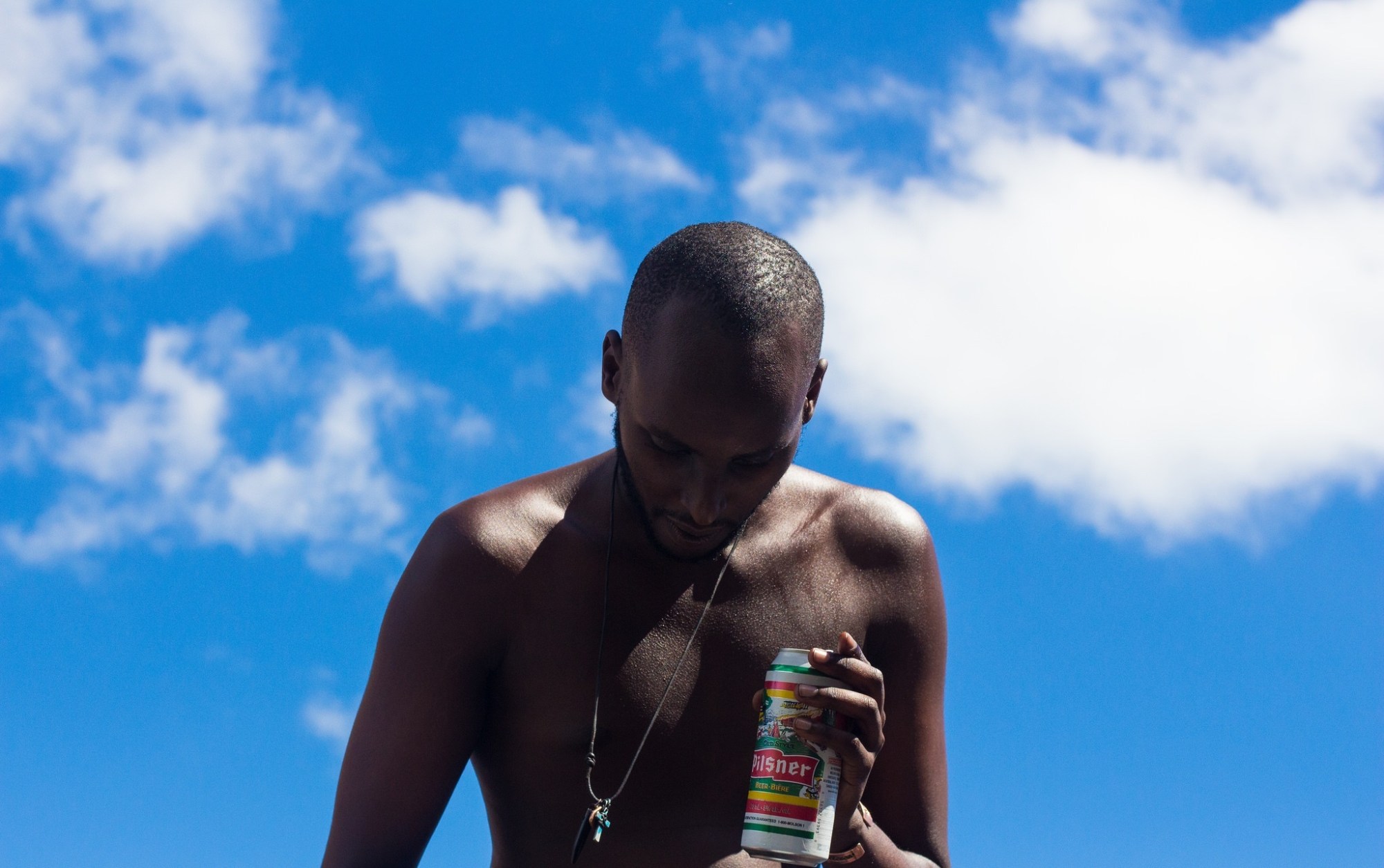Limit(less) Africans is an ongoing, multimedia photography series by Mikael Owunna documenting the fashion and experiences of first and second generation LGBTQ Africans in the diaspora. The trailblazing project began in November 2013 and debunks the myth that being LGBTQ is “un-African.” The project is personal for 26-year-old Owunna because as a queer Nigerian-Swedish American teen growing up in Pittsburgh, Pennsylvania, he didn’t see any media representations of LGBTQ Africans, he only knew one LGBTQ African, and was traumatized by his family’s attempts to reverse his sexual identity.
Little did Owunna know, he would encounter a life-changing photo series when he returned to Pittsburgh in 2013 after his Fulbright scholarship in Taiwan where he worked on a collaborative art and photography project. A friend dragged him to the Carnegie Museum of Arts, and he was overcome with emotion. “As we walked into the main foyer, the whole wall was dedicated to the queer African artist Zanele Muholi’s Faces and Phases project. It was moving because my entire life I’ve never seen anything that mirrors my experiences,” says Owunna.

Muholi’s project and Owunna’s desire to find and build a community of LGBTQ Africans inspired Limit(less) Africans. To date, Owunna has photographed 31 people spanning 15 countries, and includes interviews about fashion and identity. The project is evolving to include themes of community and will incorporate new mediums. “I don’t want the project to become redundant, so audio and video clips with participants will add dimensionality to the visual archive,” adds Owunna.
We speak with the photographer and writer about what to expect from Limit(less) Africans in 2017, and the importance of expanding today’s visual archives of LGBTQ Africans.
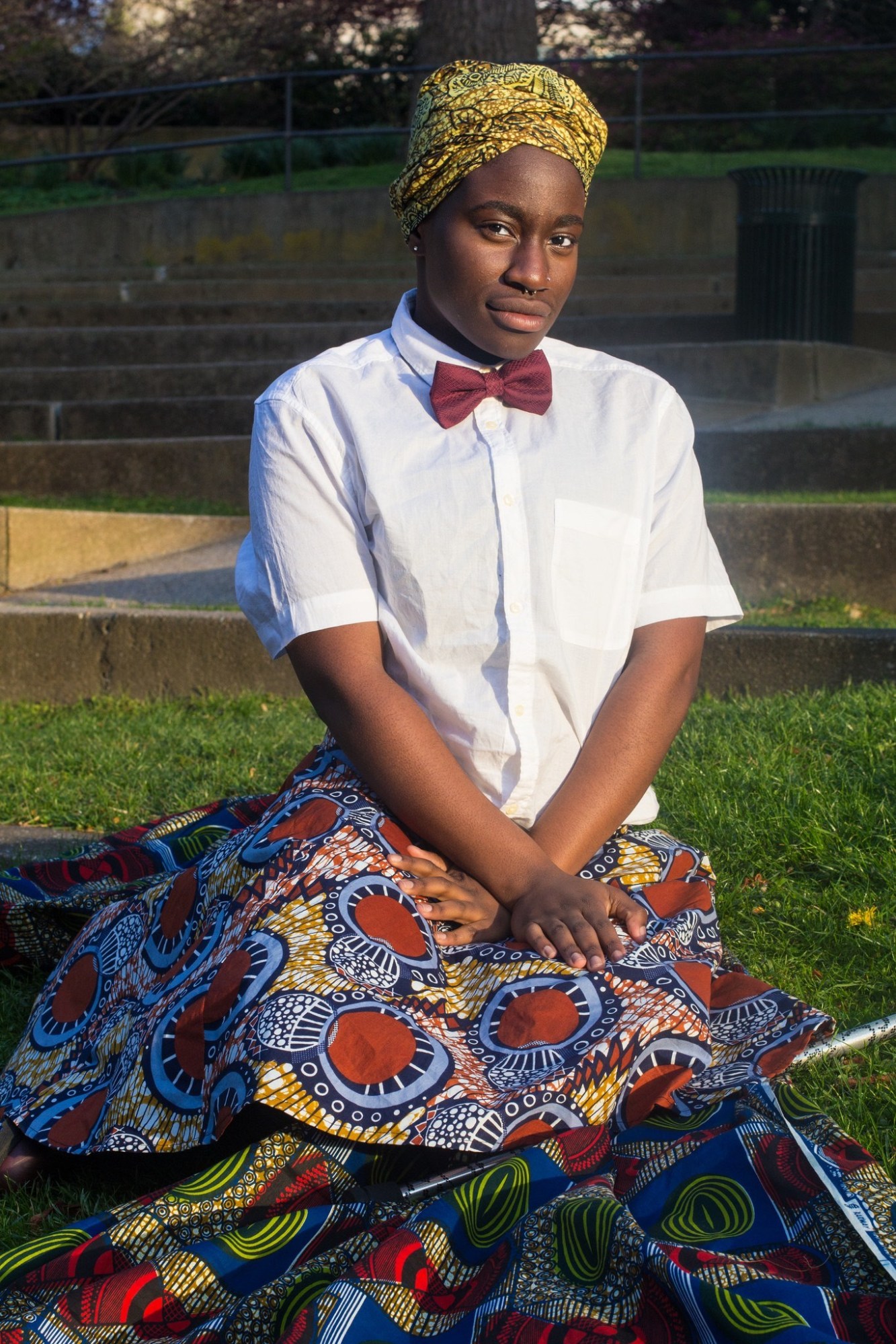
Give me a glimpse into your journey since launching Limit(less) Africans in 2013.
I spent the first year and a half researching LGBTQ African history and pre-colonial/indigenous societies. I also talked to as many people as possible, because I only knew one LGBTQ African—my friend Odera– when I started this project. I photographed my first participant in May 2015 in Washington, D.C., but they ended up dropping out of the project due to anxiety. This shook my confidence, and informed me that I needed to take steps to ensure that participants feel comfortable and safe. I always begin by meeting prospective participants in-person or via Skype to get acquainted and gauge their openness. We collaborate on every step of the process, and shoots generally take place at the participant’s home or around their neighborhood. It has been a learning process, but I’m getting better.
You’re up to 30 participants now, so something is working! Are there any trends you’ve noticed?
Word-of-mouth and social media have helped tremendously to recruit participants, and there is starting to be more diversity geographically. At the beginning, most participants matched my social markers.
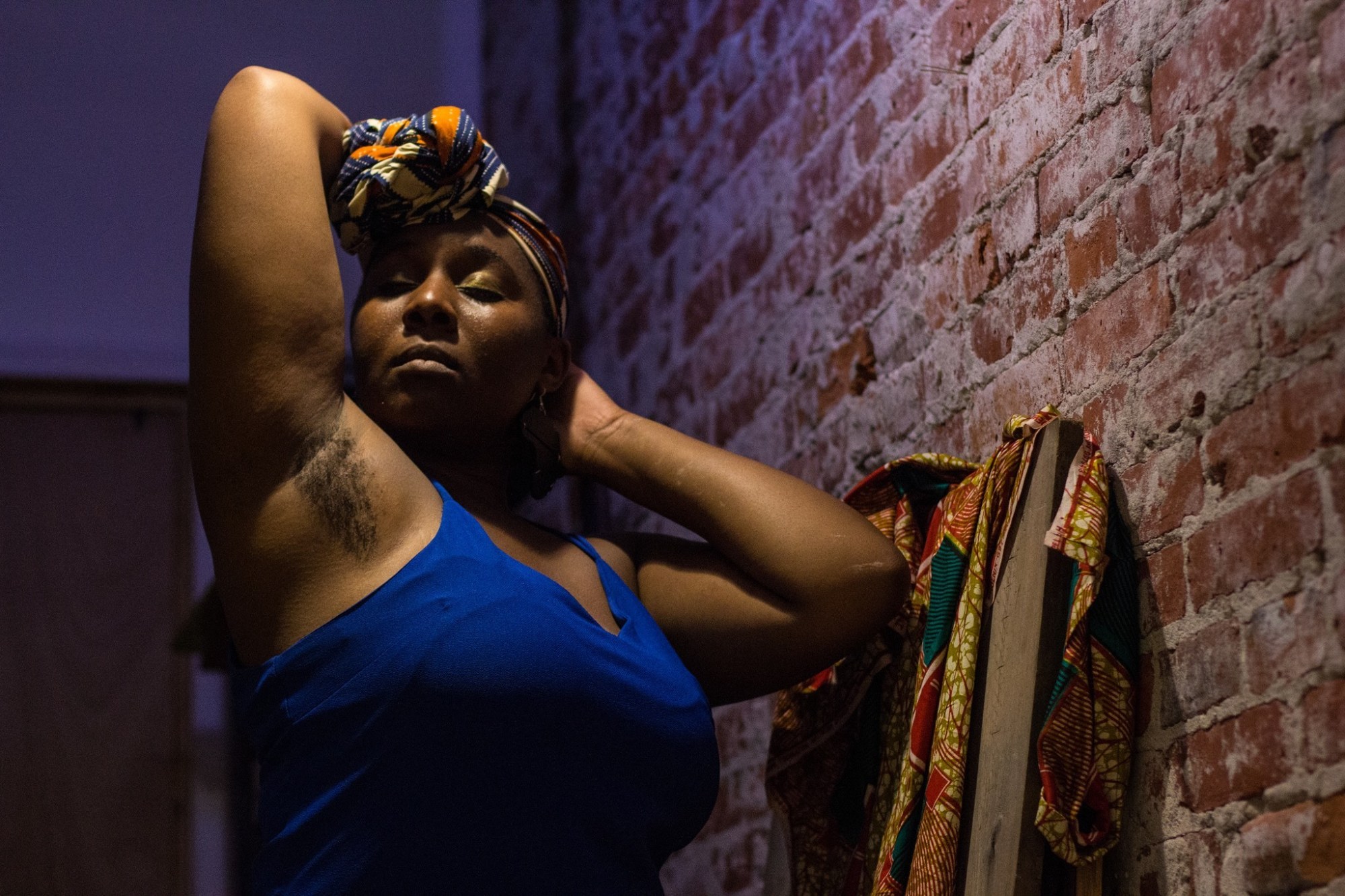
What new developments are you looking forward to in 2017?
In January, I’m planning a collaborative shoot in New York City with five participants, which will incorporate fashion and audio and video storytelling. It’s going to be lit!
What drew you to focus on fashion and visual aesthetics of LGBTQ Africans?
It’s important for me to document people in a way that is humanizing and creates positive representations. When I shifted my lens to focus on how people use fashion to reflect their identity, it raised themes of freedom and joy. For example, one participant uses style as her protective armor in a world that tries to crush her.
What impact does president-elect Donald Trump’s candidacy have on Limit(less) Africans?
If anything, it explodes the myth that the U.S. is a progressive place here for LGBTQ rights. Transgender women of color are being murdered daily, and Trump’s candidacy highlights the urgency for us to articulate an emancipatory vision for ourselves, and look to images that take us into that space mentally. When systems collapse, you need community, and black people, for the most part, have always been there for each other because that’s part of survival.
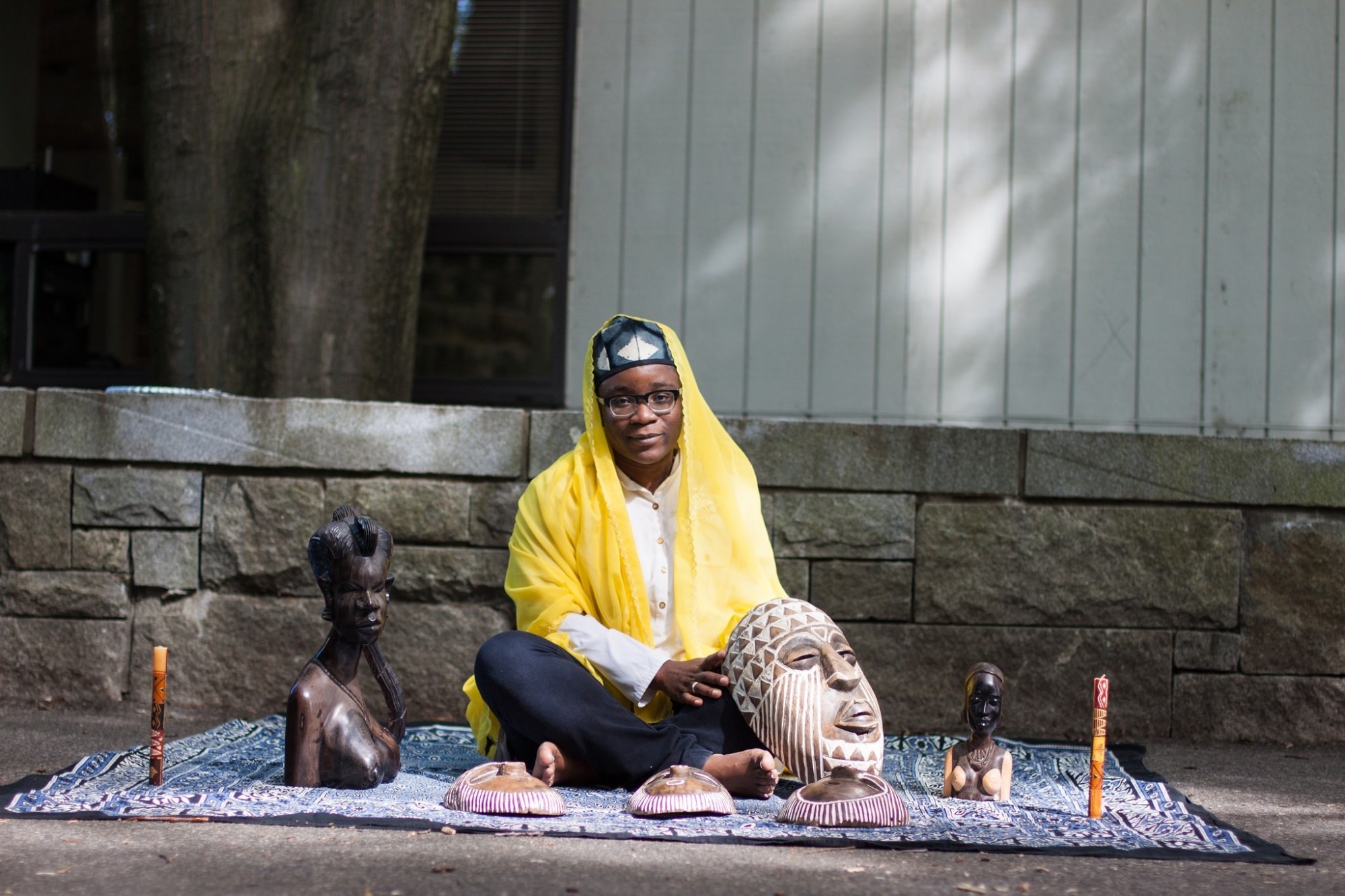
How have you seen themes of community reflected in your project?
When I post pictures to Limit(less) African’s social media profiles, I’ve noticed other participants in the project liking the photos and following each other’s pages. It’s powerful to see these connections happening organically. And, in October 2016, I spoke at Harvard about Limit(less), and an audience member told me the first queer Ethiopian person they ever saw was in my project. Then, a second queer Ethiopian walked up, and said, “Now, you know two.” The project is a converging space to create new possibilities of being together and helps dismantle the divisions between us.
Is there a way for readers to get involved?In 2017, I hope to conduct shoots in the United Kingdom, France, Belgium and Portugal, and am seeking more funding and LGBTQ Africans to participate. Readers can donate to Limit(less) Africans here.
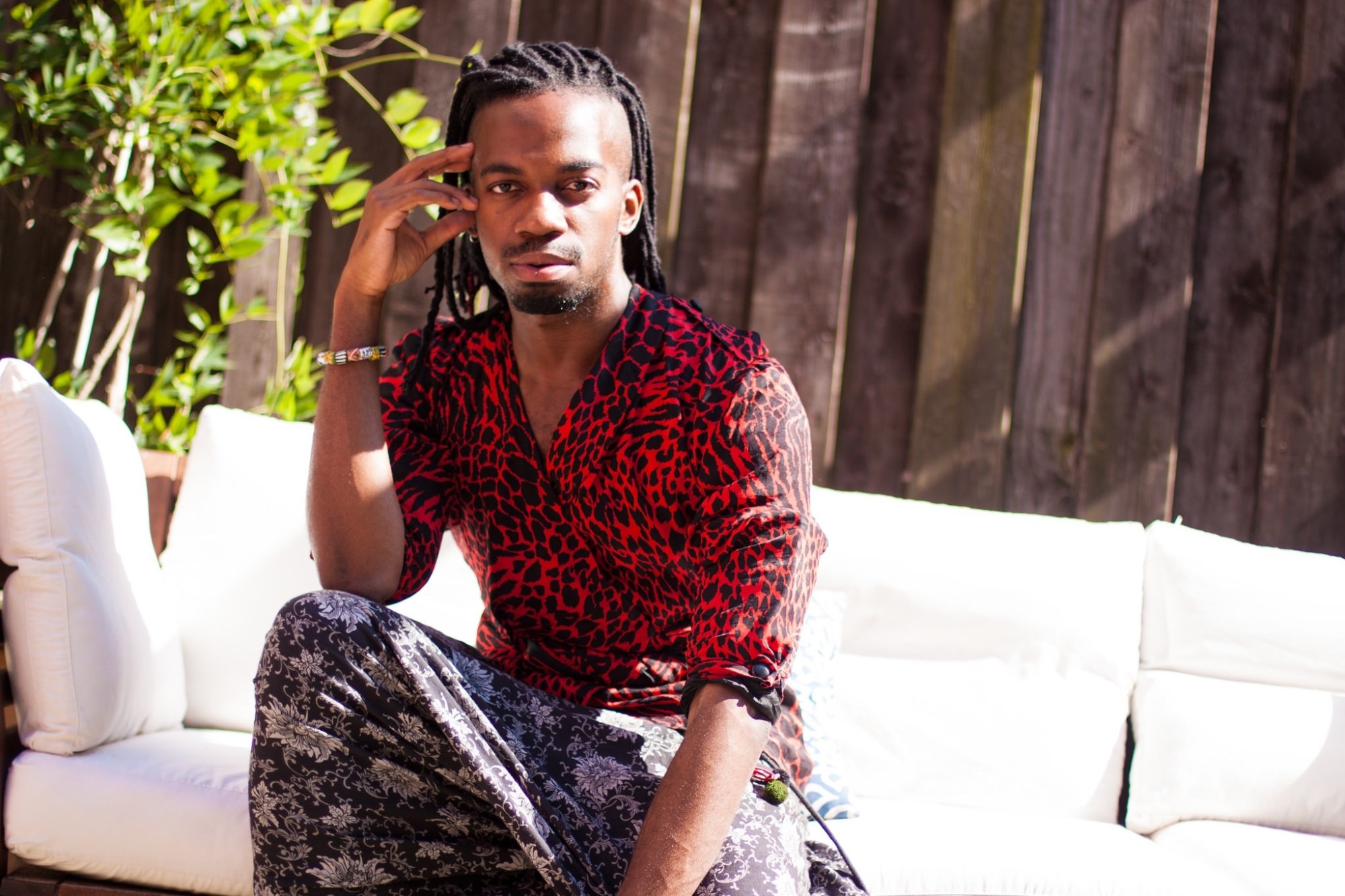
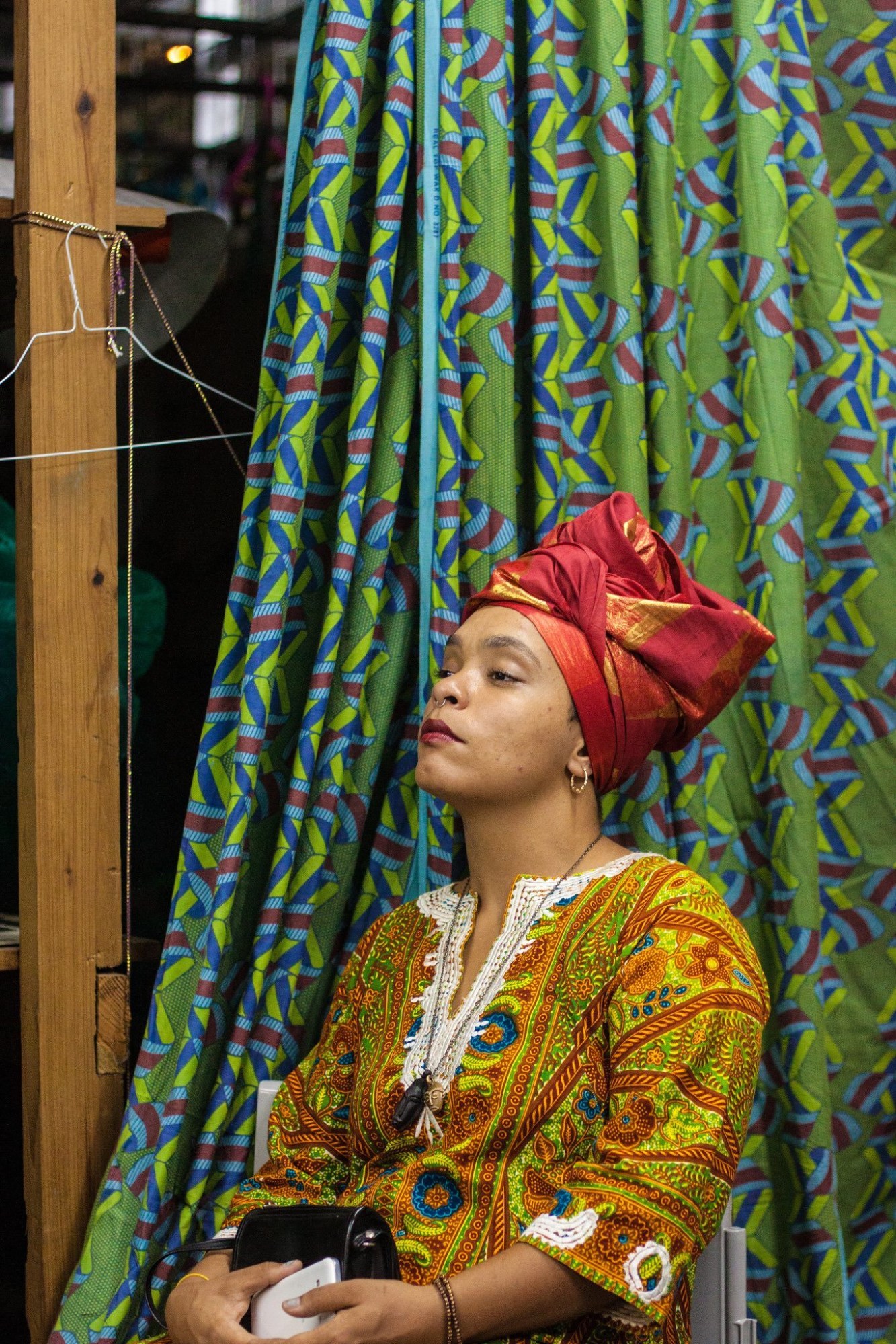
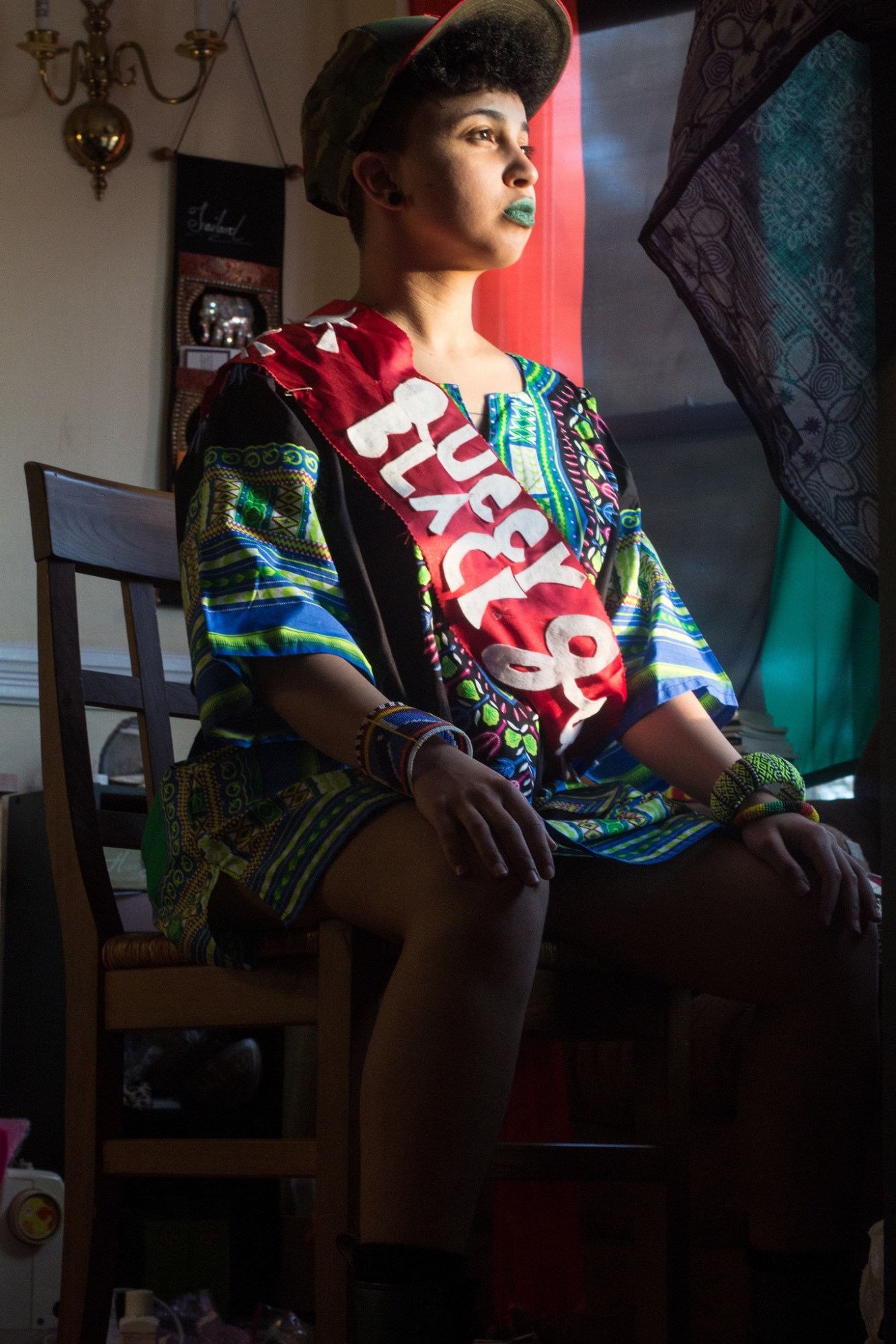
Credits
Text Jacqueline Lara
Photography courtesy and copyright Mikael Owunna
